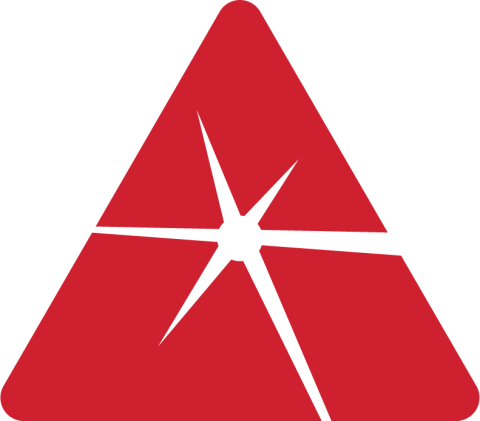

Authors:
He Chao
Liu Furong
Wang Min
Yuan Jianwen
Chen Jimin
Institute of Laser Engineering, Beijing University of Technology, Chaoyang District, Beijing 100124, China
Microstructures fabricated on the surface of solar glass have the potential to improve the performance of solar cells. In this paper, in order to overcome the high transmittance to 1064 nm center wavelength fiber laser irradiation and realize high efficiency process on transparent glass substrates, different absorber materials, including alumina powder, alumina ceramic wafers, and copper sulphate solutions, were applied for dry and wet etching under the irradiation of 1064 nm pulsed fiber laser respectively. The laser fluence was varied from 7 to 10 J/cm2 with a pulse repetition rate of 20 kHz. The morphology of trenches etched by means of laser induced backside dry etching (LIBDE) and by laser induced backside wet etching was measured using a scanning electronic scope, and compared from the aspects of etch depth and width, as well as the roughness. On the basis of this comparison, a higher etch rate can easily be obtained by dry etching, while lower roughness is a feature of wet etching. The mechanism of LIBDE of solar glass was investigated by demonstrating the procedure of dry etching using alumina ceramic wafer. Moreover, the etch threshold fluence was estimated to be 7.47 J/cm2 by extrapolation. Both types of laser induced backside etching techniques, wet and dry, show the evidence of effective microprocessing on solar glass.
